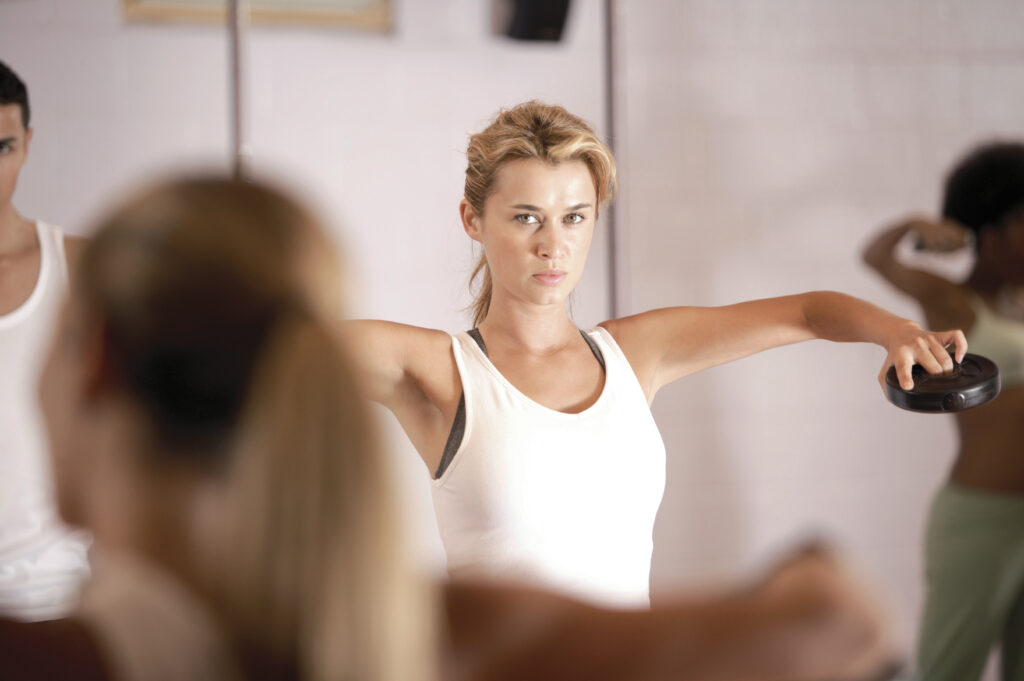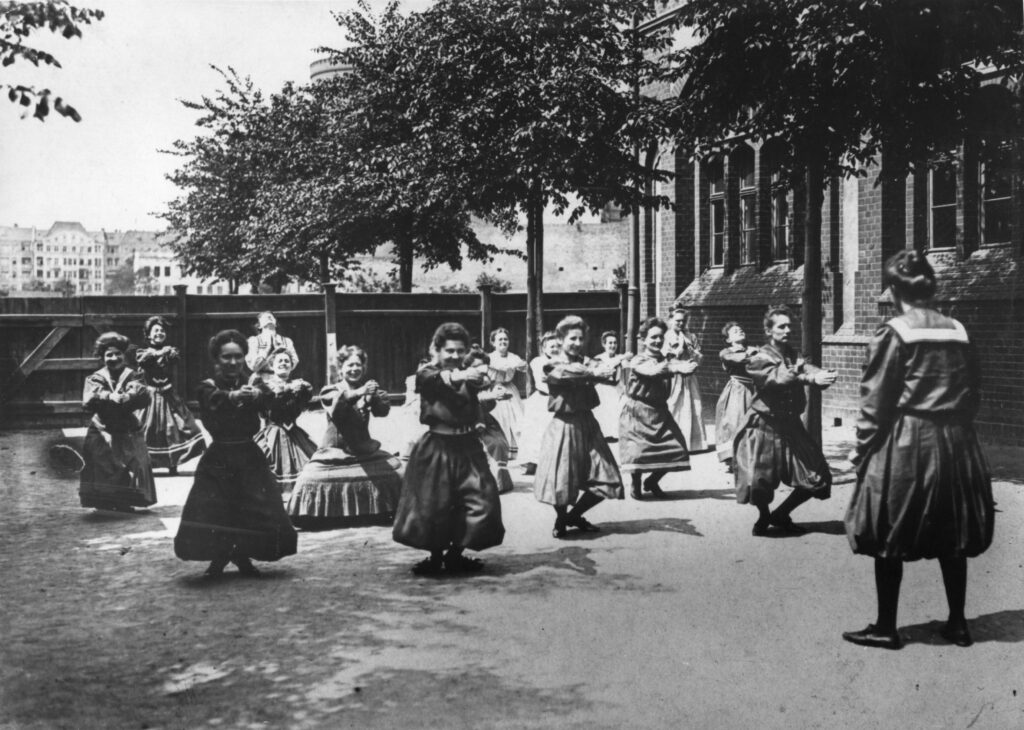HOW TO FIND THE RIGHT PT FOR YOU

READING TIME 10 MINS
To find the ideal PT is like looking for the right hairdresser or therapist. There’s an element of having a leap of faith to invite them into your personal life and commit to paying them and hoping to get the results you envisage. In this post, I want to remove the part where you need ‘faith’ and replace it with ‘confidence’.

WHY HIRE A PT?
If you’re determined to make a change with your health, fitness and/or body shape but don’t know where to start, the most effective solution is to hire a PT. It’s a decision that signifies your commitment to change and sets the stage for realistic expectations and tangible results. However, like a visit to the hairdressers (or barbers), the results have to be realistic. Unlike a haircut, a certain amount of the result will depend on how determined you are. Because you’re in charge of how often you train, the intensity you’re willing to work at and making any nutritional adjustments to your diet. However the benefit gained from expert guidance on behavioural change, motivation, nutritional advice and training will significantly enhance your chances of success.
A competent PT will provide all of that and more. Plus if you’re new to exercise, you may not know which type of training would give you your best results, or which you’d enjoy most. Find the right PT and you let them do the legwork. They can discover your thing for you; teach you it; create a bespoke programme to follow and give all the motivation you could possibly need to see it through.
THE DIFFERENCE BETWEEN A GYM INSTRUCTOR, PERSONAL TRAINER AND COACH

A gym instructor will be based in a gym giving guidance on how to use equipment safely and effectively. They can write simple exercise programmes and may have exercise class qualifications. Gym instructors are usually employed by a gym.
A personal trainer will be able to do the above because PT’s have to pass a gym instructor qualification first. They then progress to learn how to write bespoke long-term training programmes, how to make regular fitness assessments and must learn how to give nutritional advice (within their scope) as part of their course qualification. Unlike a gym instructor, they work one to one on a long-term basis with their clients, monitoring and adjusting the client’s progress by providing motivation and support, and ensuring optimal results while minimising the risk of injury. PTs tend to be self-employed and can work within a gym, at home, at the client’s home or outdoors.
A sports coach will be specifically focused on one type of sport (although the training for it may vary), rather than just general health and fitness. They seek to enhance performance whatever the client’s age and ability. A sports coach should also strive to be a role model for their athletes, mentor those they train and regularly monitor for improvements.

THE FIRST FEW STEPS TO FIND YOUR PT
The first step is making the decision to start looking for a PT. The second step is to begin looking. Online is where most people would start. Alternatively ask friends for a recommendation (but what might work for them may not for you). The third step is where it gets complicated. As general health and fitness in the UK takes a nosedive into obesity, processed food and armchair habits; the number of fitness trainers coming into the market has increased exponentially. In Q2 2023 there were approximately 57,900 fitness instructors in the UK; in 2010 there were 39,400. So the complication isn’t from a lack of choice…..
WHAT TO LOOK FOR
So how do you ‘separate the wheat from the chaff’? You should seek out a PT with a skill set in a variety of disciplines. Equally if you’ve an idea of what would keep you motivated, then find one who specialises in it. Either way try to suss out if they are aligned with what you want to do/achieve instead of what they think is a great workout/good result. The number of curvy women I see being made to do star jumps or burpees by lean young men frustrates me no end. And speaking of frustrations…..
CRITICAL REFLECTIONS OF THE PT PROFESSION
If you don’t want to be bouncing around or focused on building bigger arms, then they, the PT, need to accommodate this. I’ve come across PT’s that have been certified through online courses but not provided with comprehensive, hands-on experience. These certifications often focus on theoretical knowledge rather than practical. The PT student writes a technically correct assessment programme, which can be a one dimensional dream workout for them (and them alone) and hey presto, they’re a qualified PT. A PT’s experience with their own fitness journey can significantly impact their understanding and empathy towards clients’ needs. Therefore it’s essential that they also have diverse training experiences and not just rely on their personal preferences.
My humble opinion is this: If your PT doesn’t have years of exercise experience, it helps to be gender specific with your choice. Given the biomechanical differences between males and females, choosing a PT of the same sex can help offset the lack of experience. For example, some exercises, like a back squat, should be modified to counter the anatomical differences in femur lengths of men and women. A PT, even if they are inexperienced, who does their own weight training, will at least understand how the body works for their own gender.
However, if they haven’t developed personal knowledge in a range of ways to exercise, they will be limited in their suggestions. Ultimately it’s best to find a PT who has a versatile skill set and built up their repertoire of exercise. This way they understand how to adjust training to fit the unique needs of their clients.
And this leads to another point – I believe your PT should be actively engaged in some form of fitness. They don’t have to be a lean machine but someone who looks like they need a PT themselves isn’t a great advert. Having said that, a bad PT is a bad PT, whatever they look like. I just don’t think a great PT will be inactive or unhealthy because it doesn’t exactly scream credibility. (An exception is someone who once trained to a high level as an athlete but is no longer able to exercise.)

Lastly, there will be PT’s who aren’t great communicators or limited in their ability to teach. Yes, a PT who listens more than speaks is good, but only up to a point! If my client doesn’t understand how to do an exercise, then it is my responsibility to keep finding ways to explain it until they do. Teaching can be done by demonstration; giving clear instructions; describing how the body/muscle should feel; creating visual images in the client’s head as to how they should be moving; using props; using positive encouragement. My view is this – if you truly know what you’re talking about, you can explain it to anyone, in any number of ways.
THE DIFFERENT TYPES OF PT
Nutrition focused. This type of PT places a strong emphasis on both lifestyle and dietary changes as well as exercise prescription. There will be client’s who will only achieve long-lasting improvements through combining all these aspects.
Exercise referral. These PT’s work with people with specific physical or medical needs, such as those with long-term health conditions. They are specialist trainers with more advanced qualifications than the usual PT.
Mobile PTs. They will travel to client’s homes, local parks or workplaces.

Small group PTs. Can be cost effective but less specific for client’s training needs; they make training plans for the group rather than programmes for individuals.
Bootcamp. Usually a large group setting with intensive workouts based on military-style training.
Performance-focused PTs. Aka coaches, will primarily work with athletes in a specific sport.
Postnatal specialists. As the name suggests, they have trained to specialise working with women post pregnancy.
ONLINE TRAINING
Online training has gained popularity particularly since Covid lockdowns. And it’s easy to see why it’s an attractive option.
THE PROS
- The ability to exercise anywhere you have space without geographical restraints
- They can cost less
- There’s the flexibility for your schedule and the PT, especially if it’s a pre-recorded class
- If you’re gym-shy, they’re perfect
THE CONS
- The lack of physical interaction and non-verbal communication, both of which are important part of training with a client
- The PT may miss vital over-exertion clues (or under-exertion!!)
- If the PT can’t see exactly what you’re doing, even one2one, this can lead to injury or ineffective training
- It’s not a practical way for beginners to learn precise body movements
- The camera set up may not ensure the PT can see your whole body or, when needed, specific areas
- In a group training session, the PT will only see small visuals of numerous clients working out, so there’s the potential you’re not being monitored at all
- You’ll be restricted to using only the exercise equipment you have or only doing bodyweight exercises
SUMMARY
This post may leave you thinking – well how do I find the right PT for me? If you’re looking for a PT in the traditional sense of one to one in-person training, go online. Check out as many local PT websites as possible. The top hits on Google aren’t necessarily the best (they just have good SEO*), so scroll through a number of pages. Look at their qualifications (which should be CIMSPA** backed). Try to gauge their experience, ie does their site look gimmicky instead of professional? Are there more stock photos/ Instagram images than words? And are the words theirs or ChatGBT! Read the feedback – gauge the type of clients they have (are they like you, do they have similar goals?).
Then meet them for what should be an unconditional complimentary meeting. If they don’t offer this, move onto the next one. No PT should consider taking on a client without first meeting them and discussing their goals and expectations. It may take 10 complimentary meetings or two; as long as you’re willing to keep looking for the right one. And if you’re not 100% sure about them, sign up for one session before committing to a block. The most important thing is you feel this person you are paying offers you what you want which will ensure you continue your new fitness regime. If it starts off good then suddenly isn’t, start the process again. And if so, please do give the PT honest feedback why you’re moving on, I promise a decent PT will appreciate it.
*SEO = search engine optimisation
**CIMPSA = Chartered Institute for the Management of Sport and Physical Activity – a professional body governing PT education standards
CIMSPA website here